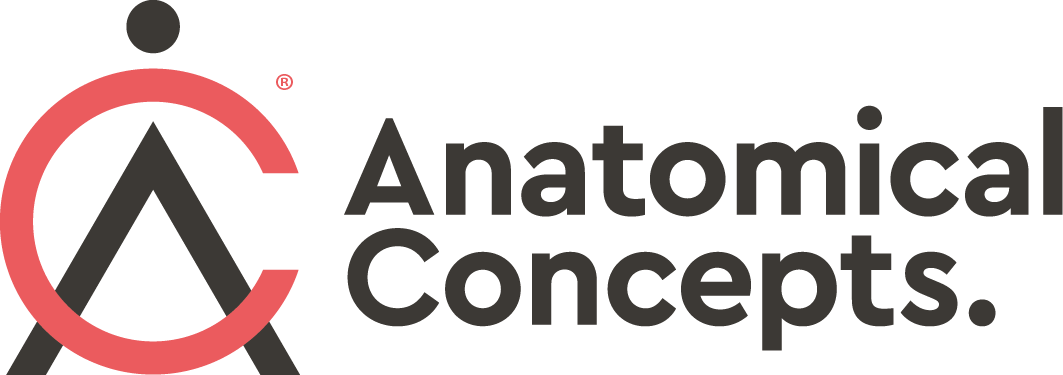Articles
Filter by Topic
- Adaptive Sport 1
- Artificial Intelligence 1
- Bike Labyrinth 3
- Bone density 1
- Brachial Plexus 1
- Bridging the Gap 1
- Bridging the Gap 1
- Carbonhand 4
- Cardiovascular 1
- Client Stories 4
- Cognition 1
- Company Updates 3
- Decision Making 1
- Dementia 1
- Denervation 22
- Diabetic Foot 12
- Efficiency 1
- Electrotherapy 27
- Exercise Benefits 28
- FES Cycling 13
- Fatigue 1
- Functional Electrical Stimulation (FES) 58
- Gait 2
- Goal Setting 5
- Grip 3
- Healthspan 2
- Indego 13
- Lifestyle 8
- Lower Motor Neuron 1
- Mobility 17
- Motivation 2
- NMES 2
- Nerve injury 1
- NexStride 1
- Occupational Therapy 1
- Orthotic 15
- PRAFO 22
- Pain 6
- Parkinsons 2
- Pressure Ulcers 10
- Product Updates 7
- RISE Stimulator 10
- Safety 2
- Sponsor 1
- Standing 4
- Stim2Go 4
- Stimulette den2x 5
- Support 1
- TENS 1
- Technology 17
Article Length
- 1 minute read 3
- 10 minute read 10
- 11 minute read 7
- 12 minute read 7
- 15 minute read 8
- 18 minute read 1
- 19 minute read 1
- 2 minute read 4
- 26 minute read 1
- 27 minute read 1
- 28 minute read 1
- 3 minutes read 9
- 4 minute read 34
- 5 Minute read 12
- 6 minute read 6
- 7 minute read 15
- 8 minute read 6
- 9 minute read 3
- FES 2
- FES Cycling 1
- FoG 1
- PRAFO 1
- Seven Minute Read 1
- Stim2Go 1
- awareness 1
- carbonhand 2
- cognitive 1
- cues 1
- freezing gait 1
- freezing of gait 1
- gait 1
- neurological 1
- neuroplasticity 1
- nexstride 2
- occupational therapy 1
- occupational therapy day 1
- orthopaedics 1
- orthotic 1
- parkinson's 1
- pressure 1
- pressure relief 1
- prevention 1
- rehabilitation 2
- stroke 1
- tSCS 1
- ulcers 1
- world stroke day 1
How FES Cycling systems are optimised for a user?
FES Cycling is a well-established technique that allows persons with lower limb paralysis, perhaps after a spinal cord injury, to exercise their leg muscles actively despite the paralysis. In this article, we ask how to enhance muscle mass and joint flexibility through targeted electrode placement and a progressive exercise regimen.
Optimising FES Cycling involves carefully considering several factors to enhance muscle development and improve joint flexibility. Here, we’ll touch on a few key aspects. If you’re interested in exploring the topic further, we’ve included a list of in-depth articles on FES Cycling below.
Creating an Assessment Report and Training Plan for the RISE Stimulator
In this article we look at how we deal with enquiries about the RISE Stimulator. This product is used to treat muscle denervation using a unique electrical stimulation device. Clients may have experienced a spinal cord injury affecting the lower motor neuorons or they may have a peripheral nerve injury.
In all cases, all parties need to know whether the product is likely to be safe and effective to use. Here we look at an ideal situation where complete information is available.
Embracing AI: Discover the RISE Stimulator with Our Innovative Chatbot
Consider this scenario: You're curious about the RISE Stimulator because you've heard it's effective for treating denervated muscles and you want to learn more.
It's evening, our office is closed, and you don't feel like sifting through numerous web pages to find the information you need. Would you trust a chatbot to provide the answers you're looking for?
Try out our chat bot and let us know what you think
Unveiling Successful Approaches for Upper Limb Rehabilitation in Stroke Survivors
Rehabilitation after a stroke can feel like an uphill battle, especially when dealing with upper limb dysfunction.
Approximately 85% of stroke survivors experience some form of arm and hand impairment, making daily tasks challenging.
This article seeks to illuminate some effective strategies being used worldwide to aid recovery, offering insights that could help stroke survivors, physical therapists, clinicians, and caregivers.
Zone 2 Training for Spinal Cord Injuries?Unlocking the Benefits of Low-Intensity Cardio for Health and Performance
In this article, we explore whether Zone 2 training can aid individuals with spinal cord injuries (SCI). Zone 2 cardiovascular training, characterised by moderate-intensity exercise where the body primarily uses fat as fuel and maintains a steady heart rate, can benefit persons with spinal cord injuries (SCI). However, its suitability depends on the level and completeness of the injury, as well as the individual's physical condition and training goals.
Elite Athlete Training Principles can Benefit Neurological Rehabilitation
At Anatomical Concepts, we look to other fields for insight and inspiration that we can bring to rehabilitation. For example, elite athletes like our rehabiliation clients will set training goals, undergo rigorous physical training and adhere to strict plans to achieve peak performance. This article explores the potential benefits of applying the principles of elite athlete training to help individuals recover from neurological conditions.






